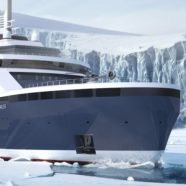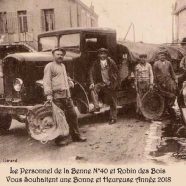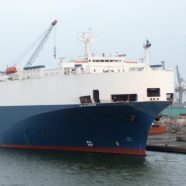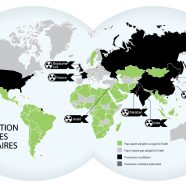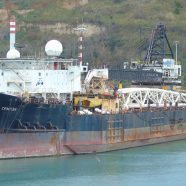The Atomic cartel on the defensive
Press release and map on the occasion of the Nobel Peace Prize ceremony, Sunday December 10th, awarding Madam Setsuko Thurlow, survivor of the atomic bombing of Hiroshima and Madam Beatrice Fihn, Executive Director of ICAN (International Campaign to Abolish Nuclear Weapons).
At present, 127 States have adopted or signed the Treaty on the Prohibition of Nuclear Weapons. None of the nuclear-armed States took part in negotiations. Japan did not participate in the vote.
At 62-year old, the ex-Chambord is going to be scrapped.
The Chambord, oil tanker for Société Maritime des Pétroles BP was built in Dunkirk by Ateliers et Chantiers de France. On January 11, 1955, her launch ceremony under the French flag was presided over by Jacques Chaban-Delmas, Minister of Public Works, Transport, and Merchant Navy, in front of a crowd of notable spectators who arrived in two special trains and a fleet of coaches and cars. With her length of 203.39 m, width of 26.25 m, and 33,000 t of deadweight, she was a giant and the flagship of the French oil tanker fleet. Complete with individual, air-conditioned cabins for all, private bathrooms with showers for the officers, cool water dispensers in all of the corridors, refrigerators at all stations, and a saltwater pool, she was a symbol of rebirth and universal progress. Three sisterships left the shipyard in Dunkirk between 1955 and 1958, the Chenonceaux, Cheverny and Chaumont. The Chambord had made her maiden voyage between Marseille and Al Ahmadi (Kuwait) in May 1955. For 17 years, she supplied the French BP refineries.




